
Every week, we bring you the latest and most exciting updates in VR, AR, and AI. Stay informed about the technologies that are shaping our future.
Get ready to dive into the world of immersive tech and discover what's making waves this week.
After a big meal, why not take a moment to explore the next big thing?
This week, what's new in the world of VR? What's catching your eye? Let's take a look at some of the biggest stories.
Microsoft's New Patent: Expanding HoloLens Field of View
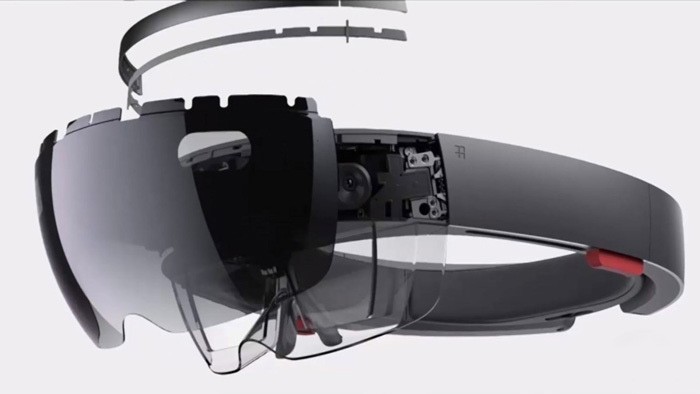
Microsoft’s HoloLens is one of the top AR devices on the market, but it has a major limitation — its narrow field of view. This can reduce immersion and limit user experience. However, Microsoft has recently filed a patent with the World Intellectual Property Organization that could change this. The new technology involves splitting images and projecting them through two components, which helps expand the field of view while saving power. Whether this will be implemented in future HoloLens models remains to be seen, but it's an exciting step forward.
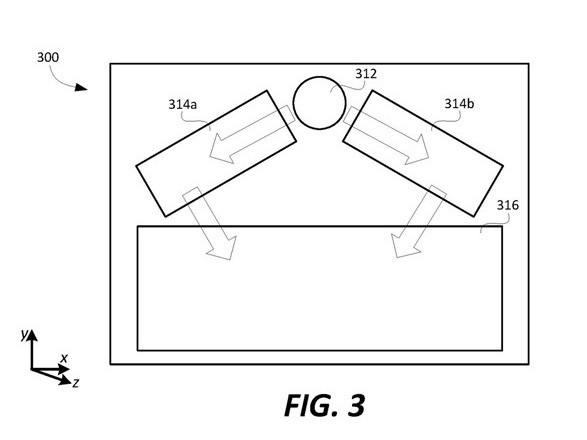
Another patent from Microsoft focuses on making HoloLens lighter and more compact. By using flat lenses instead of traditional glass, the device can become thinner and more portable. This innovation leverages advances in metamaterials, allowing light to bend more efficiently. If adopted, this could significantly improve the design and usability of AR headsets moving forward.
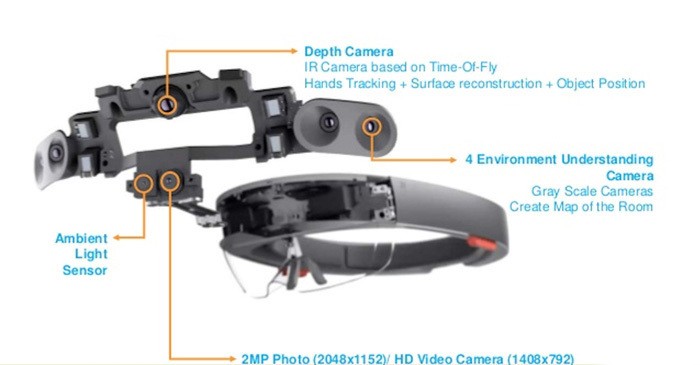
Microsoft has also announced the end of standalone Kinect production. While the hardware won’t be sold anymore, the company will continue to support existing users. The core sensor technology from Kinect is still being used in HoloLens, showing how innovations from past projects continue to influence future developments.
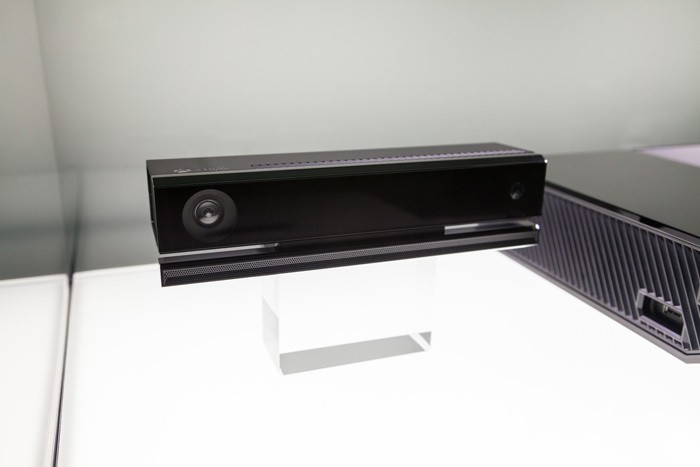
Meanwhile, Huawei has launched the HUAWEI VR2, a new VR headset that supports SteamVR. It features dual 1600x1440 LED displays with a 90Hz refresh rate and a wide 110-degree field of view. The device connects to smartphones or PCs and comes with a control handle featuring a 9-axis sensor. It’s set to launch on November 30 for 1999 RMB.
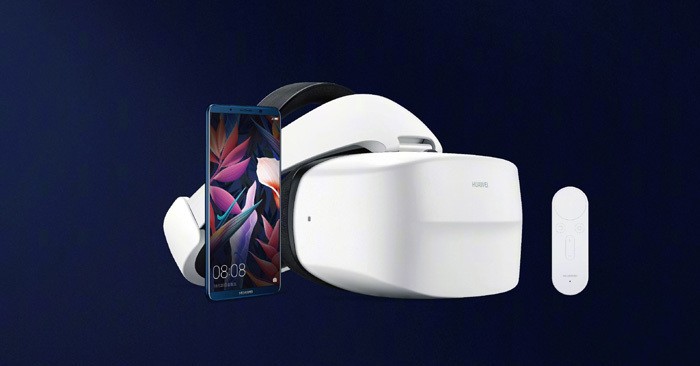
In sports, VR is helping detect athlete injuries. The NBA is using a system called Eye-Sync, developed by SyncThink, to track athletes’ vision and assess potential injuries. This technology is proving invaluable in improving player safety and performance.
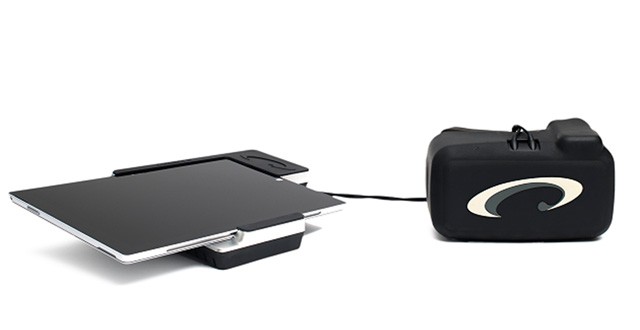
NASA is also exploring the use of VR and AR in space research. Engineers are integrating these technologies into spacecraft design and data analysis. One project allows users to explore the Earth’s magnetosphere in real-time, offering a new way to study space science.
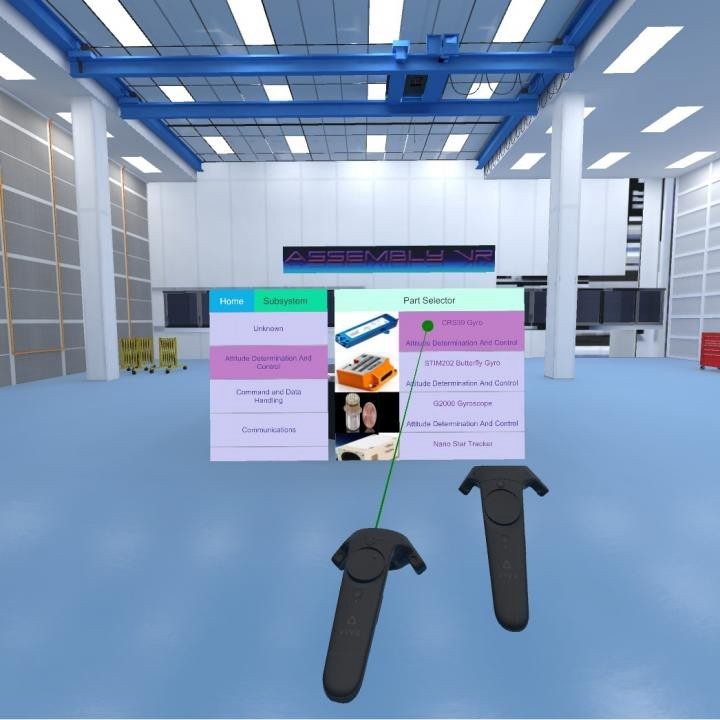
These are just some of the highlights from this week’s VR news. If you have any thoughts or ideas, feel free to share below.
This article was edited by Jingjing Jing.
Follow Bubble Network and enjoy the future of technology.
Chamber Cold And Thermal Shock Test Chamber
Chamber Cold And Thermal Shock Test Chamber,Cold Thermal Shock Test Machine,Battery Thermal Shock Test Chamber,Thermal Performance Testing Test Chamber
Wuxi Juxingyao Trading Co., Ltd , https://www.juxingyao.com